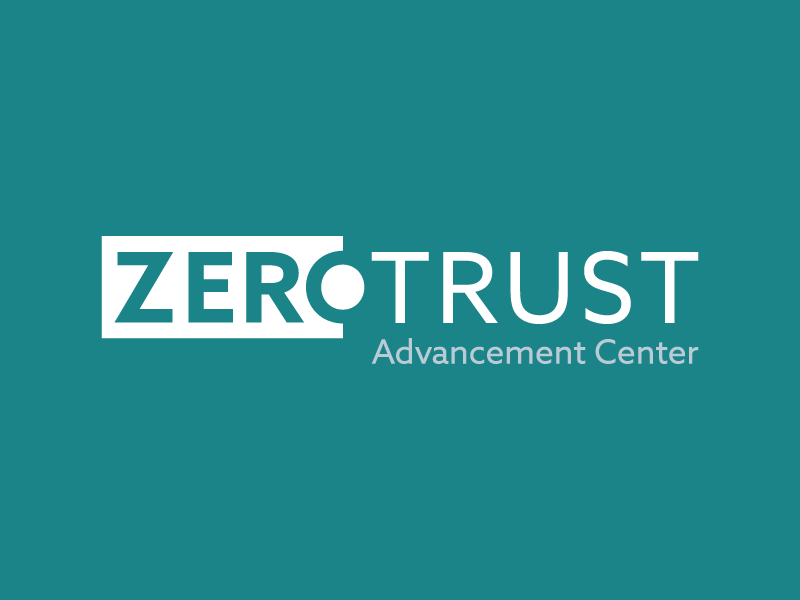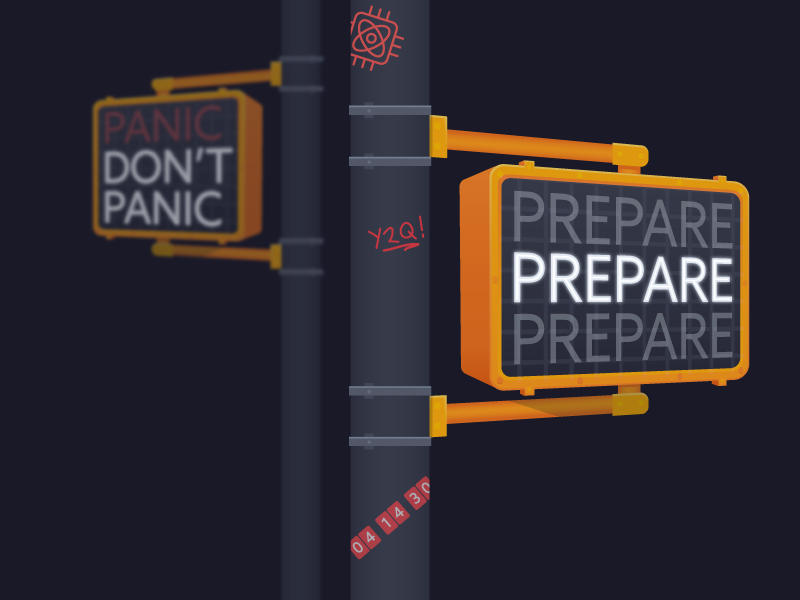A Security Work Stream Is Critical to IT Modernization
Blog Article Published: 05/01/2023
Originally published by Lookout.
Written by Fazal Sadikali, Technology Managing Director of Cloud Insights, Lookout.
With new technology being developed at a rapid pace, adaptability is crucial for a company to thrive against its competitors. IT cloud modernization is a great way to drive sales growth, have the edge over your competitors, and boost your employees’ productivity while enabling greater satisfaction and collaboration with your partners, contractors, and customers.
While you may want to initiate a digital transformation due to the inherent benefits, you cannot overlook the need to fortify these new systems with cloud security. Whether it’s seamlessly supporting legacy applications or converging protection for all your cloud services, security digital transformation needs to be part of your IT modernization efforts.
What is IT modernization?
IT modernization is the process of transitioning from legacy systems to cloud services. Legacy systems are usually hosted and managed locally, and as a result, can become costly and take up a lot of resources over time. Cloud services, such as SaaS, platform as a service (PaaS), and infrastructure as a service (IaaS), provide a streamlined way to optimize and automate your business operations off-site.
The benefits of cloud services
Cloud services offer many benefits that will improve your business operations. With all your data now being stored off-site, you will no longer be limited by local hardware and won’t need to deal with facilities, utilities, or retaining a large IT team. Along with this, all employees will be able to access corporate resources from anywhere and on any device, and deployment will also take less time. Since all data operations are handled remotely by the cloud service providers, backup and restoration will also be quicker and easier.
Cloud services also empower businesses with new ways to optimize their operations. Automation helps mitigate the risk of human error by managing repetitive actions. It also enables your employees to focus on more strategic tasks and make better use of their time.
With the right security technology in place, you’ll be able to monitor and access your network from any desktop or mobile device without fear. This enables employees to work remotely, whether they’re on a business trip or working from home. Setting yourself up with a good security service edge (SSE) solution — which is the convergence of secure access capabilities for SaaS apps, private apps, and internet usage — will give you peace of mind knowing that all entry and exit points of your network will be consistently monitored for suspicious activity.
Risks related to cloud migration
As beneficial as it is to move away from legacy systems, it’s important to be aware of the new risks introduced when using cloud services. The process of IT modernization itself can present more than just security-related risks. A failed digital transformation can potentially set you back years and impact sales, service, and operations.
With your data now being stored outside your perimeters, you may lose some visibility into network operations as a portion of the responsibility shifts to the cloud service provider. Along with that, data compliance regulations such as HIPAA, GDPR, and PCI DSS must be accounted for. This is especially critical as there are more ways for users to access your data, such as from multiple devices or networks, which creates more opportunities for compromises.
As your data moves between different cloud services and endpoints, threat actors are recognizing that there are countless new entry points into your infrastructure. Attacks have also become increasingly sophisticated in recent years, with multi-stage campaigns that involve ransomware, phishing, data leaks, and other threats.
The impact of these attacks can have a devastating and everlasting effect on an organization — such as substantial loss of sensitive data, damages to internal systems, as well as possible damage to the corporate image and trust. For this reason, it’s important to update your security practices as you modernize other systems.
Best practices to mitigate cloud-related risks
As organizations continue to migrate to the cloud, they must understand and implement the best practices to mitigate cloud-related risks. Here are a few tips to help you on your journey into IT modernization:
Include security in your digital transformation
The process of going through a digital transformation can seem daunting, as it takes a lot of planning, ongoing support, and management. To ensure that your digital transformation is successful, you need to include cybersecurity as a work stream with a focus on key outcomes developed early on during the transformation strategy.
Your data will be contained within a large cybersecurity mesh, not just on-premises. It’s important to build secure work streams that are fused into the IT modernization program. These work streams will contain sensitive and confidential data, so they need to be easy to monitor and contain within the organization.
Implement zero trust
The best way to stop an intruder is to prevent them from entering in the first place. The concept of zero trust is a simplistic yet very effective approach to cybersecurity, where no entity is given access until its risk level is verified and accepted. Now that all data can be accessed from anywhere on the globe using any device, it’s critical to continuously verify all users before they are given access.
Use a cloud-based security solution
Cloud-based security solutions are essential to all IT modernization projects. They can monitor the cloud’s security for anomalies and data loss. Using advanced automation, it can learn to detect new issues and either resolve them autonomously or request aid from human security analysts.
Regularly monitor your environment
Ensuring proper usage of your services is vital to the security of your data. Continuously monitor who is accessing and how they’re handling your data to prevent it from reaching someone who shouldn’t have access to it, whether accidentally or on purpose.
Properly configure your cloud security
Cloud security is a shared responsibility between the organization and the cloud service provider, so ensuring proper configuration is crucial for protecting your data. Misconfiguration of your cloud security can be dangerous, leaving gaps in your network that cyber criminals can leverage for an attack or a breach.
IT modernization must include security
Leveraging cloud platforms through IT modernization will help your company thrive against your competitors by streamlining business operations but it also introduces new risks. As part of your modernization process, you need a comprehensive security platform that empowers you to efficiently protect your data while enabling work-from-anywhere productivity.
One of the latest security frameworks that supports these concepts is SSE. It simplifies the security modernization efforts for organizations by converging the different capabilities required, whether it's monitoring endpoints, ensuring secure connections for users, and enforcing consistent policies to cloud apps, private apps, and internet usage.
But like any major shifts in strategy, implementing will take time and effort. This starts with a full understanding of the different areas you need to protect. Check out the figure below to get a sense of these various areas.
Related Resources



Related Articles:
Do You Know These 7 Terms About Cyber Threats and Vulnerabilities?
Published: 04/19/2024
Implementing a Data-Centric Approach to Security
Published: 04/19/2024
7 Common Causes of Data Breach: Safeguarding Your Digital Assets
Published: 04/18/2024
The Data Security Risks of Adopting Copilot for Microsoft 365
Published: 04/16/2024






